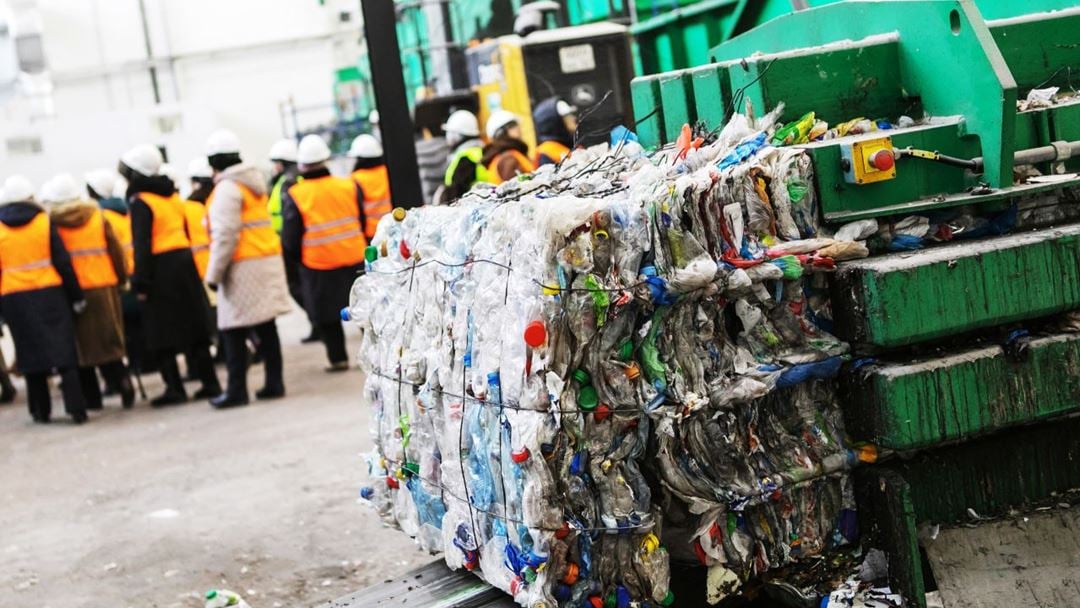Introduction
PLASTICENE will develop new knowledge and research capacity towards addressing sustainable plastic use in Norway. Plastic waste and emissions of plastic to nature represent a major societal challenge, and increased knowledge of the plastic resource flow is essential for developing tools for increased resource utilisation, circularity and regulatory support of plastic use. PLASTICENE will study plastic material flow and composition in Norway and thereby contribute to the knowledge needed for e.g. designing circular plastic business models and finding the most effective pathways for policy for mitigation of plastic pollution. The project will have the multidisciplinary approach needed to properly address materials flow analysis and characterization, circular business model development, implementation of policy strategies and stakeholder interaction. To ensure the achievement of the expected impact of PLASTICENE, the project will establish close connections to stakeholders throughout the plastic value chain in Norway.
Plasticene develops tools for increased resource utilisation, circularity and regulatory support of plastic use in Norway.
Watch the recording of our kick off webinar to learn about the project's goals and activities.

Photo by Dmitry at Adobe Stock
Reducing waste and effective waste management will be essential for realization of the UN Sustainable Development Goals (SDG) in the Agenda 2030 for Sustainable Development adopted by the UN General Assembly in 2015. PLASTICENE will build new knowledge and address processes important for increased plastic circularity and effective plastic waste management with the aim of supporting improved plastic material utilization and protecting the environment from plastic pollution.
Did you know?
- World plastic production has increased from 2.1 million tonnes in 1950 to 147 million in 1993 to 406 million by 2015.
- If 65% of Norwegian plastic was to be recycled it would represent a 0.2-0.6Mt CO2-eq emissions cut (Jahren et al. 2020)
- Some estimates say that around a third of all plastic waste is leaked into the environment so reaching the European recycling rates could also prevent 68 000 tons of Norwegian plastic ending up as marine pollution annually.
- If Norway reaches 65% collection requirements in 2035 this could equate to an extra profit potential of 340-530 MNOK per year for the Norwegian Recycling Industry.
